
 |
|
The previous sections focused on unintentional mistakes |
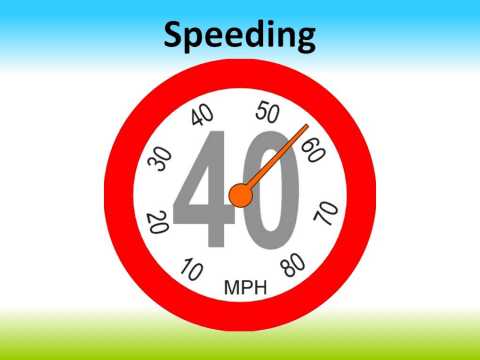 |
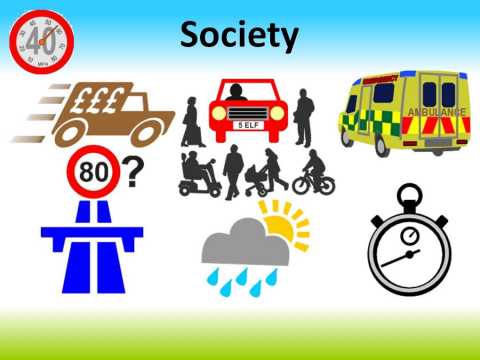 |
Parts of society still associate speed with success - for example linking the fast transport of goods and services with increased business efficiency and economic growth. Even the UK government consulted on raising motorway speed limits to 80 MPH in 2011, citing significant improvements in vehicle safety since the 70 MPH motorway speed limit was introduced in 1965 |
|
Instead speed limits in the UK have come down in recent years |
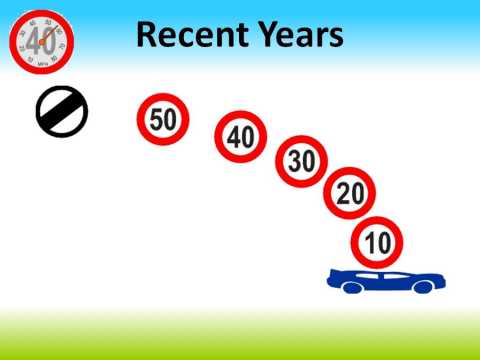 |
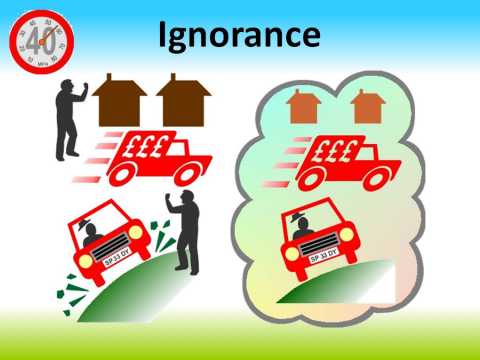 |
There are a number of reasons drivers speed. One is that they can get away with it without crashing |
|
Another reason drivers speed is the low odds of being caught - estimated to be as low as once every six years - not much of a deterrent |
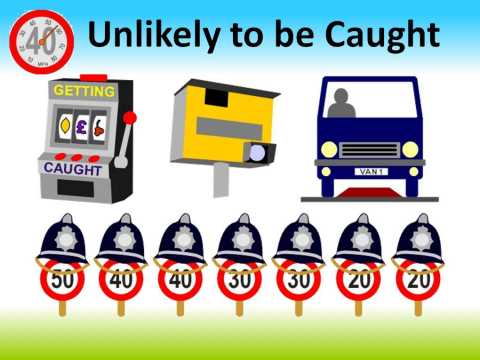 |
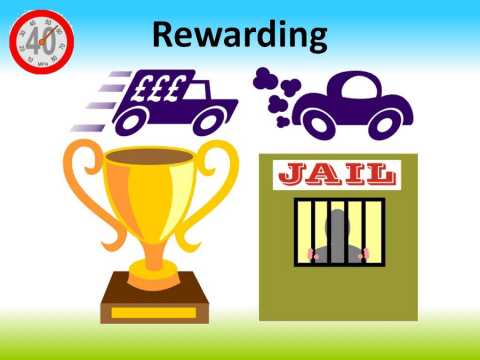 |
A third reason drivers speed is that in some situations speeding can even seem rewarding (for example getting somewhere earlier) which reinforces poor driver behaviour - this is known as 'learned riskiness' |
|
A further reason motorists feel that they can speed is the anonymity provided by their vehicles. It enables them to behave in ways they never would among people they know |
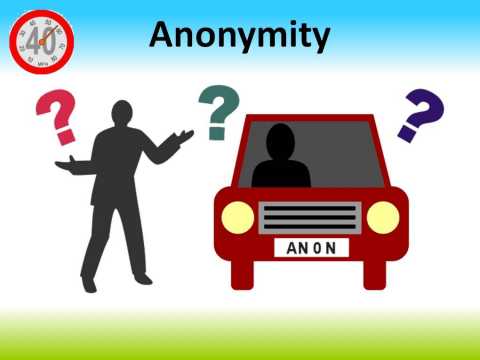 |
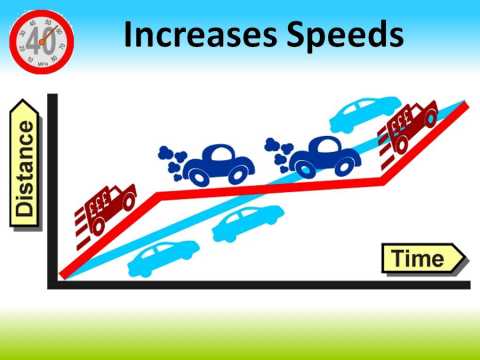 |
In some situations reducing speed limits can have undesirable consequences or side-effects |
|
Another undesirable consequence is increased frustration and stress for drivers, caused by longer journey times and increased congestion |
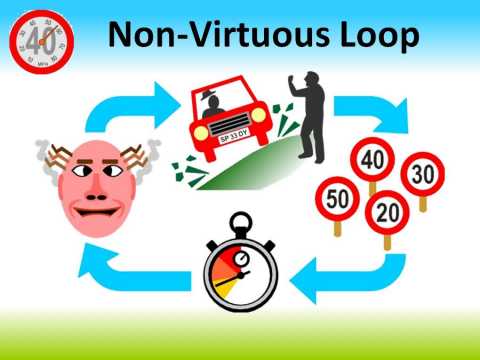 |
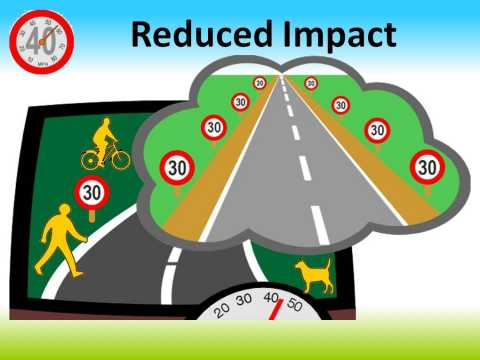 |
A longer term undesirable side-effect is that spreading lower speed limits too widely means they lose their impact to slow traffic down in situations where lower speeds are vital |
|
Reducing speed limits on existing roads can also generate a long-term undesirable consequence |
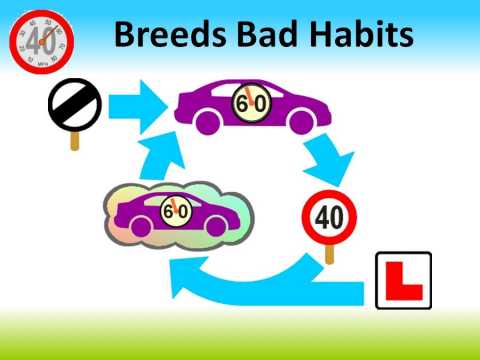 |
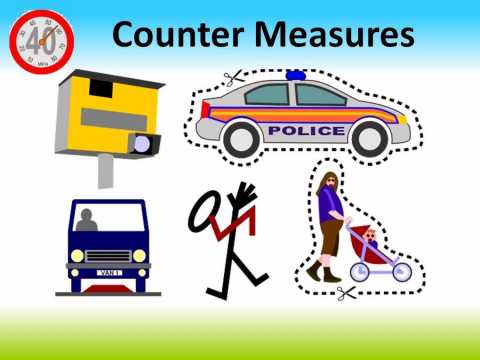 |
So what counter measures can we use to slow drivers down more effectively? |
|
As already mentioned, vehicle activated road side signs are a good way to reinforce good driver behaviour |
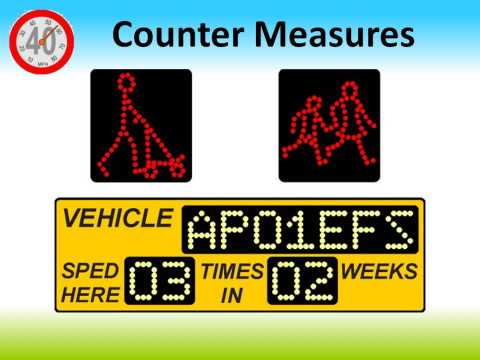 |
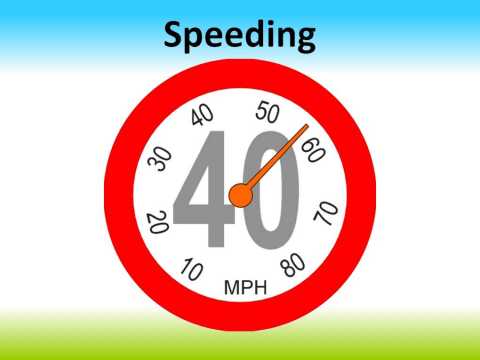 |
So I hope that this shows why reducing the speed limit alone is not always an effective way to reduce overall traffic speeds and improve road user safety |
|
The road in question is the B2028 Selsfield Road north of the village of Ardingly in West Sussex |
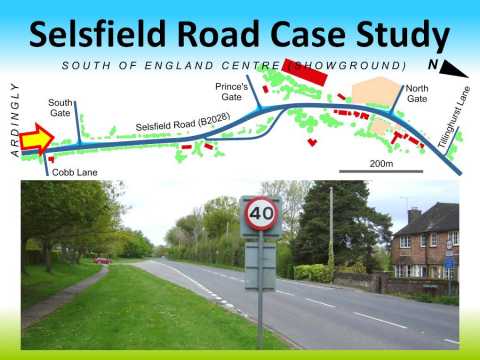 |
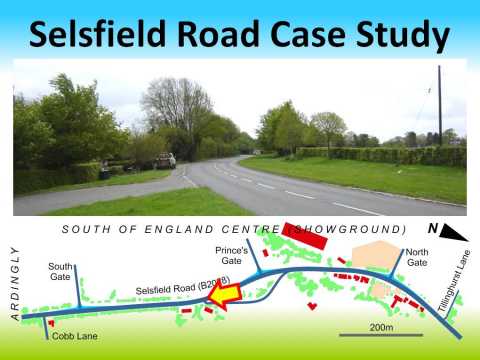 |
This road, just over 1km long, was widened and straightened in the 1960s at the same time as the South of England Centre showground was constructed along the western side of the road. The showground can also generate traffic on this road - particularly on event days |
|
A section of the old road remains as a lay-by (just out of this picture) and there are three large flared entrances to the showground |
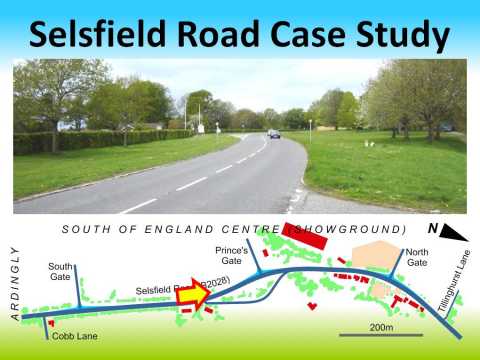 |
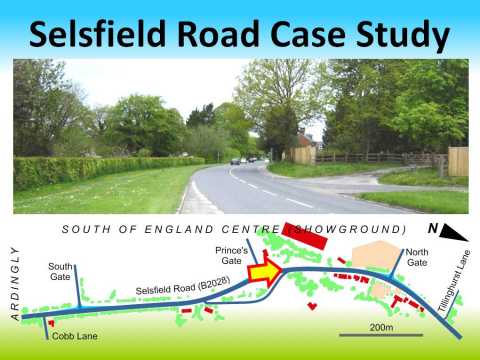 |
The verge widths reduce in the middle section and a footway starts here on the eastern side of the carriageway |
|
In addition to the showground, the road is bordered by a mix of residential properties and local businesses (including the Gardeners Arms bar and restaurant) - mostly in the northern half of the study area |
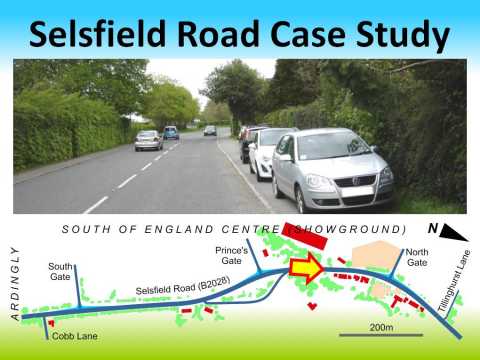 |
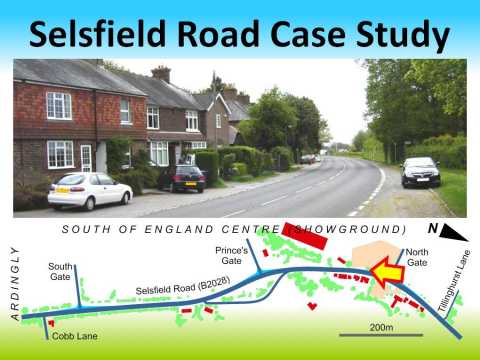 |
In May 2011 West Sussex County Council (WSCC), as the highway authority for this road, held a public meeting to debate reducing the speed limit here from 60 to 40 MPH |
|
I attended this meeting as one of three formal objectors to the proposals (a fourth objector spoke at the meeting but left early due to losing his temper). My objections centred on how the proposals could reduce overall road user safety (such as making drivers in queues overtake north of the study area where the road is narrower, instead of on this section of wide road where visibility is excellent) |
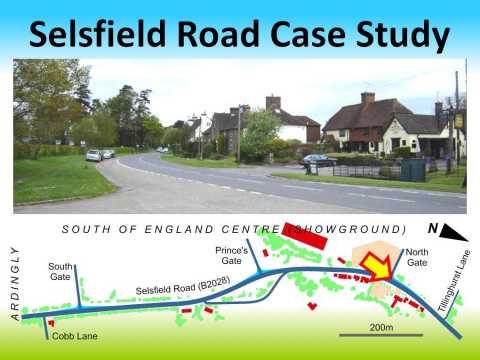 |
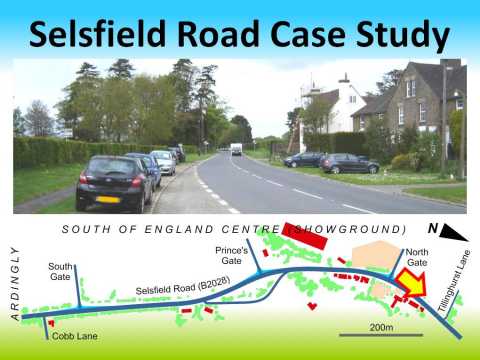 |
In May 2012 the speed limit was reduced to 40 MPH with the erection of speed limit reminder signs at regular intervals. No other speed reduction measures were made |
|
A speed survey, commissioned by the council prior to the changes, measured average speeds of between 43 and 45 MPH - this was when the speed limit was still 60 MPH |
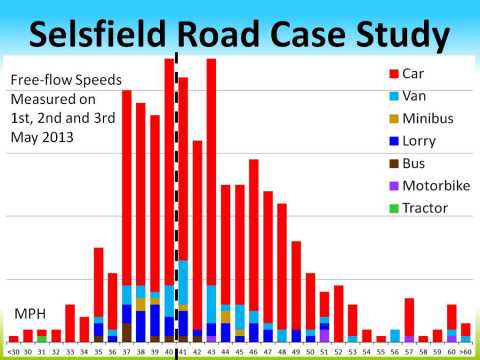 |
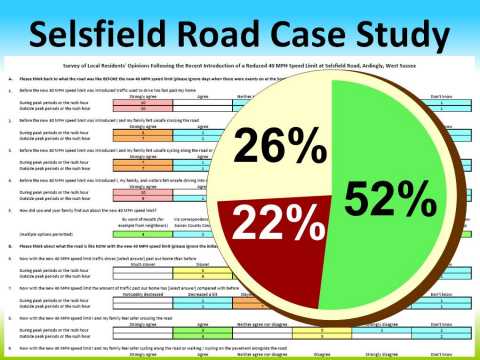 |
In April 2013, I also hand-delivered questionnaires to the 27 local properties and businesses, asking for their opinions about the effects of the speed limit reduction |
|
The questionnaire started by asking about conditions before the speed limit was reduced. Almost all respondents agreed or agreed strongly that traffic used to travel too quickly, that it felt unsafe parking, unsafe walking or cycling along the road, and most unsafe crossing the road |
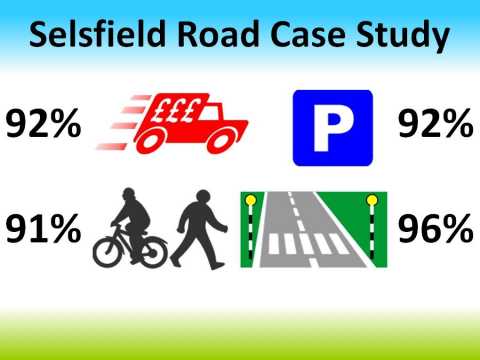 |
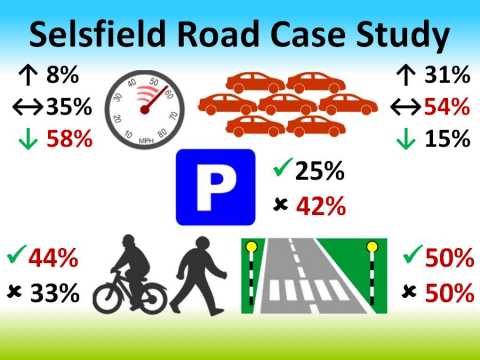 |
Then the questionnaire asked for their opinions of the road after the speed limit was reduced |
|
I would suggest three simple changes: |
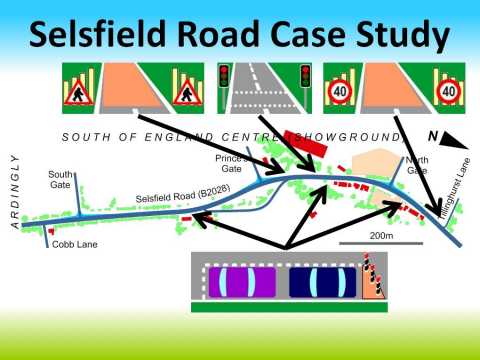 |
The next section is the conclusion and includes suggested further reading if you want to find out more about this topic
| Contact Me Home Page | This page was last updated on 21st May 2013 |